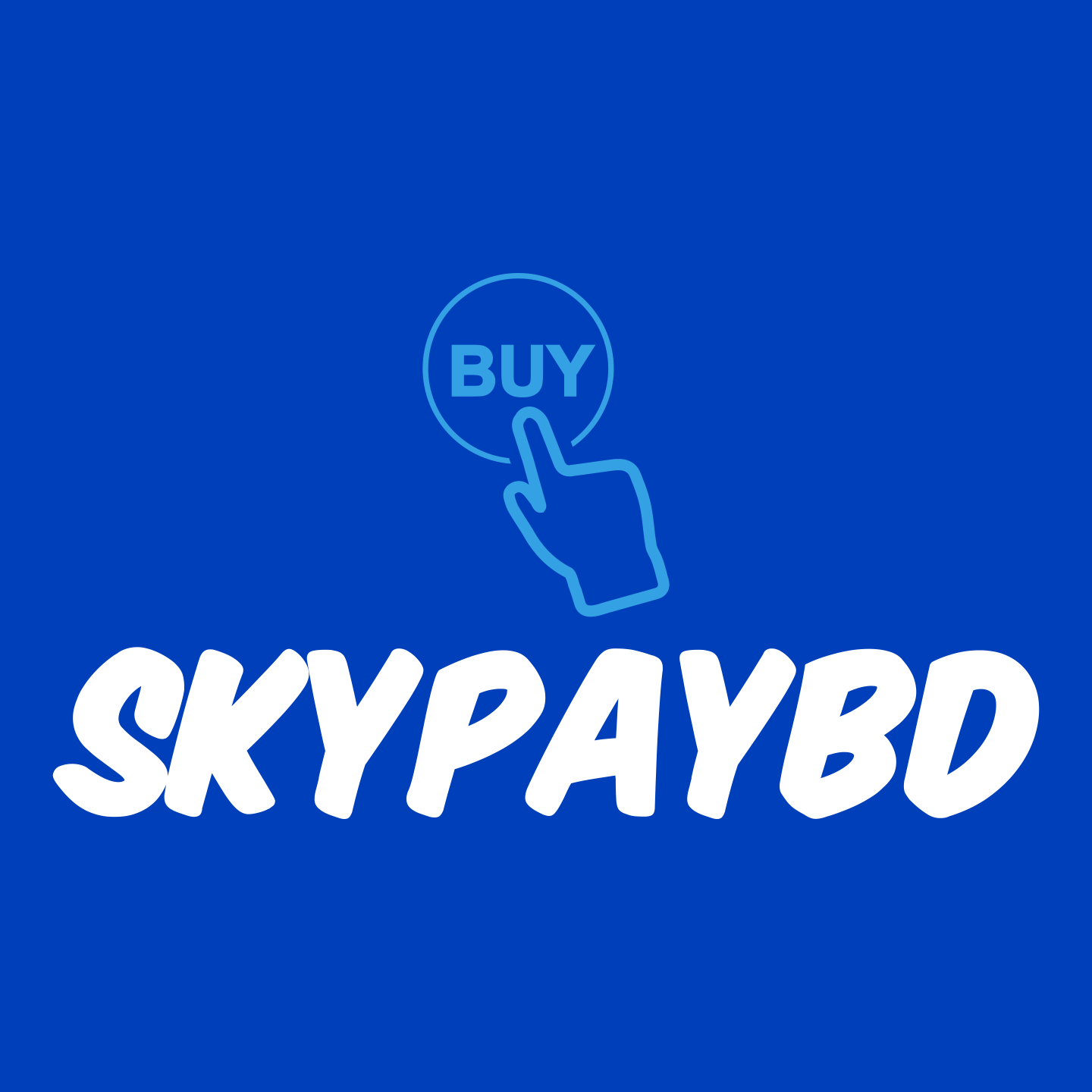Local search optimization is one of the most powerful strategies for generating highly targeted leads, especially for businesses that serve specific geographic areas. Here are the key strategies to explode your leads with local search:
1. Optimize Your Google Business Profile (GBP)
- What it is: Google Business Profile (formerly Google My Business) is a free tool that allows businesses to appear in local search results and on Google Maps.
- Why it works: Google prioritizes local businesses with complete and accurate profiles in local searches, especially for queries like “near me” or “best [service] in [location].”
- How to use it:
- Claim and verify your GBP listing.
- Ensure your business name, address, and phone number (NAP) are accurate and consistent across the web.
- Add high-quality images of your business, products, and services.
- Encourage customers to leave reviews and respond to them promptly.
- Regularly post updates, promotions, and news to keep your profile fresh.
2. Use Location-Specific Keywords in SEO
- What it is: Incorporating local keywords (city names, neighborhoods, landmarks) into your website content to rank higher for geographically targeted searches.
- Why it works: When users search for services or products in a specific area, search engines prioritize websites that include location-specific terms.
- How to use it:
- Conduct keyword research to identify the most relevant local search terms (e.g., “[service] in [city],” “best [service] near me”).
- Include these keywords in your website’s meta titles, descriptions, headers, and content.
- Create location-specific landing pages if you serve multiple areas.
- Use tools like Google Keyword Planner or Moz to track local keyword performance.
3. Leverage Local Citations
- What it is: Citations are mentions of your business’s name, address, and phone number (NAP) on other websites, even if there’s no direct link to your site.
- Why it works: Local citations improve your business’s credibility and local SEO, helping search engines trust your business as a legitimate local presence.
- How to use it:
- Ensure your business is listed on key directories like Yelp, Yellow Pages, Bing Places, and other niche directories related to your industry.
- Make sure your NAP information is consistent across all platforms to avoid confusing search engines.
- Consider hiring a local citation service or use tools like Moz Local or BrightLocal to manage citations.
4. Build High-Quality Backlinks from Local Sources
- What it is: Backlinks are links from other websites that point to your site, and local backlinks from geographically relevant websites can boost your local search rankings.
- Why it works: Backlinks are one of Google’s top-ranking factors, and links from reputable local sources help establish your business’s relevance in local searches.
- How to use it:
- Partner with local blogs, news outlets, or community organizations to get mentions or guest posts.
- Sponsor local events, charities, or activities, and request a link back to your website in exchange.
- Reach out to local influencers or micro-influencers for collaborations and backlinks.
5. Focus on Online Reviews
- What it is: Online reviews, especially on Google, Yelp, and industry-specific sites, influence how your business is perceived by both search engines and potential customers.
- Why it works: Positive reviews boost your local rankings and build trust with potential leads. According to studies, businesses with more and better reviews rank higher in local search results.
- How to use it:
- Encourage satisfied customers to leave reviews, especially on Google.
- Respond to all reviews (positive or negative) in a professional and timely manner.
- Consider offering incentives or running a “review drive” campaign to get more reviews (but ensure it aligns with platform guidelines).
6. Optimize for Voice Search
- What it is: Voice search involves using digital assistants like Siri, Alexa, and Google Assistant to search for information verbally, and local businesses are a top result for voice search queries.
- Why it works: Many voice search users look for local businesses, so optimizing for voice search helps you capture this audience, particularly for “near me” searches.
- How to use it:
- Ensure your website is mobile-friendly and loads quickly.
- Optimize for conversational keywords (longer phrases that people use when speaking).
- Use structured data (schema markup) to help search engines understand your business details more easily.
7. Run Location-Based Pay-Per-Click (PPC) Ads
- What it is: Running PPC ads targeting specific geographic areas to drive local traffic to your website or store.
- Why it works: Google Ads and Facebook Ads allow you to target users based on their location, making it easier to reach potential customers nearby.
- How to use it:
- Set up Google Ads campaigns targeting local keywords with ad copy tailored to your location.
- Use geo-targeting features in Google Ads and Facebook Ads to show your ads only to people within a certain radius of your business.
- Create promotions or offers exclusive to your local audience, such as “50% off for [city] residents.”
8. Use Local Content Marketing
- What it is: Creating blog posts, videos, and other content specifically geared toward your local audience.
- Why it works: Localized content builds a connection with your community, improves SEO, and makes your brand more relevant in local searches.
- How to use it:
- Write blog posts about local events, trends, or community issues that relate to your business.
- Create videos highlighting your team, your participation in local events, or testimonials from local customers.
- Collaborate with local businesses or influencers on content pieces to share across both audiences.
9. Mobile Optimization is Key
- What it is: Optimizing your website for mobile devices, ensuring it loads quickly and provides a great user experience.
- Why it works: Most local searches are performed on mobile devices, especially for on-the-go queries like “restaurants near me” or “plumber in [city].”
- How to use it:
- Use a responsive website design that automatically adjusts to mobile screens.
- Optimize page speed to avoid long load times.
- Make key information (address, phone number, business hours) easy to find on your site for mobile users.
10. Track Performance with Analytics
- What it is: Use tools like Google Analytics, Google Search Console, and social media insights to monitor the effectiveness of your local search strategies.
- Why it works: Analytics help you track which strategies are driving leads and conversions so that you can focus on what works best.
- How to use it:
- Track local keyword rankings and organic search traffic.
- Measure the number of calls, direction requests, and website visits generated by your GBP.
- Use tools like UTM codes and Google Tag Manager to track ad performance and lead generation from local campaigns.
Conclusion
By combining Google Business Profile optimization, local SEO tactics, reviews, content marketing, and paid ads, you can significantly increase your local visibility, drive more traffic, and generate high-quality leads. The key is to focus on providing value to your local audience and ensuring that your business is easy to find and engage with online.


Leave a Reply